The rise of electric products has brought opportunities for many. Whether in transportation, business, or lifestyle, it's safe to say that electric products have had a significant impact in the past decade.

Riding electric luggage is convenient for your travel, yes, but some are still wary and are unaware of its legality. They still ask the question:
"Are electric luggage legal in Australia?"
While the answer is yes, there are still some differences in the laws and regulations depending on which territory or city you are in. This is because of the different structures and traffic situations in these variois places.
So, to make sure that you are riding your electric luggage properly, we suggest that you read this brief guide that we prepared! Of course, this has nothing to do with using it as just a suitcase.
Does smart suitcase banned by Australia airlines?
Several airlines joined Qantas, Virgin Australia and other carriers in banning so-called smart luggage wirh non-removable lithium batteries.
But smart luggage with batteries removed can still be carried, subject to normal checked and carry-on baggage requirements, but the batteries must be carried in hand luggage and are subject to dangerous goods regulations.
CASA's dangerous goods regulations ban loose lithium batteries in checked luggage, and place restrictions on those in carry-on baggage. The CASA has firm guidelines around lithium ion batteries, allowing only those up to 100Wh (watt hours) in a carry-on luggage and 160Wh in checked baggage. Higher capacity batteries may require airline approval, and those with more than 160Wh capacity are not permitted, with limited exemptions for mobility devices.
Lithium-ion batteries must be declared during check-in.
Battery requirements
| Airline approval required | Yes |
| Carry-on baggage | No |
| Checked baggage | Yes |
As the leader, Airwheel smart luggage that you can ride up to 13km/h, remote control via app, airline-friendly size, air travel-approved lock, telescopic handle, dual USB charging ports, carry-on size, 20L side-opening design, 73.26 Wh battery, 250 W motor.
General Electric Bike Laws in Australia
The rules and laws for motorized luggage in Australia can be a bit complex and vary depending on the specific type of luggage and where you intend to use it. Here's a breakdown to help you navigate:
What Is Motorized Luggage?
Motorized Suitcases: These are generally not allowed on sidewalks or footpaths in most Australian states and territories. They may be permitted on designated shared paths or bike lanes, but check local regulations. Some states may have specific weight or speed limits for motorized suitcases on these paths.
General Rules in Australia
There are no rules for e-suitcase, so when I need to ride on the road, we refer to the laws and regulations for e-bikes.
Now, some rules for electric bikes are basically the same as for non-electric ones. That means you should still obey road signs and signals and keep an eye out for pedestrians. And there’s more to that, so let’s read on:
- Hand Signals – Make sure you can use hand signals properly to let other vehicles know you’re taking a turn, slowing down, giving way, or stopping. Just be sure to use signals that are standard and defined.
- Cycling Abreast – You and your cycling partner can ride only 1.5 meters apart from each other and not more; otherwise, you cannot ride abreast. Remember that more than two bikes cannot be side by side unless the third rider intends to overtake the other two.
- Bus Lanes – E-bikes and bicycles can run on bus lanes or tram lanes, but you need to be extra cautious not to try to overtake the bus or tram while it is trying to merge back into traffic from a full stop.
What is the street-legal speed for motor-powered electric products?
In 2012, it was decided that Australia follows the global standard of legalizing e-bikes with a max output of 250W to ride up to 25km/h.
Is a licence required to ride an electric bike?
A licence isn’t required for electric bikes that are capped at 25km/h. However, there are some states (like NSW) that will require you to register your new e-bike before using it.
Take note, though, that if your electric bike is able to reach speeds exceeding 25km/h, then you would definitely need to get a licence.
Can I buy a 250W smart luggage and limit to 250W for road use?
If you are asking whether it is doable or not, we’d say YES. In some smart suitcase, like the Airwheel luggage 250W, the power can be limited to 250 or 200w.
Electric Laws and Regulations in Australian Territories
As we have mentioned earlier, e-bike laws may differ across Australian territories. In this section, we will look at the different regulations in each state, and determine in which aspects they are different.
Queensland (QLD)
The QLD bicycle road rules state that one can “ride a motorized bicycle on all roads and paths, except where bicycles are prohibited”.
A motorized bicycle is characterized as one of the following:
- An electric bike that has a motor output of up to 200W and has pedal assist
- A “pedalec”, or an e-bike that has an output of 250W, and a top speed of 25km/h. This kind of electric bike shouldn’t exceed the speed limit, and the motor power should be cut off once it does. It will then be powered by manual pedaling. These pedalecs should also be EN15194 compliant.
Just as stated in the general rules, electric bikes are allowed to go beyond the 25km/h limit as long as the motor is cut off, and manual pedaling is what keeps the e-bike in motion.
Victoria
Just like in QLD, legal electric bikes in Victoria are categorized into two. One is the low-powered e-bike that has a motor output that’s not exceeding 200W. The other one is the pedelec which has a combined power output of 250W, and a max speed of 25km/h. The pedelec should also follow the general rule on using pedal assist.
New South Wales (NSW)
The New South Wales road rules state that an e-bike that falls under these two categories is “permitted to be used on public roads and road-related area”.
For an electric bike to be legal in NSW, it should meet the following requirements:
- It should be a power-assisted pedal cycle that has one or two motors attached, with an output of 200W. These electric bikes shouldn’t be operated purely by motor/s. The motor/s should only assist the e-bike when going uphill, or in other conditions applicable.
- It’s an electrically power-assisted cycle (EPAC, also referred to as pedalecs) that has a max power of 250W. The power output of its motor/s should decrease as speed increases. The motor should also cut off at 25 km/h or when the rider stops pedaling.
E-bikes that do not meet these qualifications and bikes that are powered by petrol are not permitted, and should only be used in private properties.
Tasmania
Similar to other territories, two kinds of e-bikes are allowed on Tasmanian roads, footpaths, and across pedestrians except when they have a “No Bicycles” sign.
The two e-bike types are the 200W power-assisted electric bikes and the EN15194-compliant 250W pedalec that caps at 25km/h. The 200W electric bike should be powered by a throttle or an accelerator at initial take-off, while the 250W pedalec’s motor should cut off once it reaches its top speed.
South Australia and Western Australia
These territories’ e-bike laws are similar to that of the other territories. However, in Western Australia, the electric bike’s width or its load should not exceed 660mm.
Additionally, electric wheelchairs, e-scooters, e-boards, Segways, or any motor-powered vehicle exceeding 250W is not legal on Western Australian roads and paths, and should only be operated on private properties.
Northern Territory
Just like in other states, 200W power-assisted cycles and 250W pedalecs are legal in the Northern Territory. They do not have a specific set of rules, but riders are expected to follow biking safety rules that are also applicable to non-electric cycles.
To read more about the other rules and regulations in the Northern Territory that include motorised scooters, you can check Australian Road Rules set by the National Transport Commission.
Always check local regulations where you intend to use your motorized luggage. Signage in specific areas may provide additional guidance.
Resources for Specific Regulations
- National Transport Commission (NTC): https://www.ntc.gov.au/
- Australian Department of Infrastructure, Transport, Cities and Regional Development: https://www.infrastructure.gov.au/
- State and Territory Road Authorities: Each state and territory has its own road authority website with specific traffic regulations.
Remember, safety is paramount. Always operate your motorized luggage responsibly and follow the relevant regulations to avoid any issues.
I hope this information helps! If you have any further questions or need more specific details about regulations in a particular area of Australia, feel free to ask.

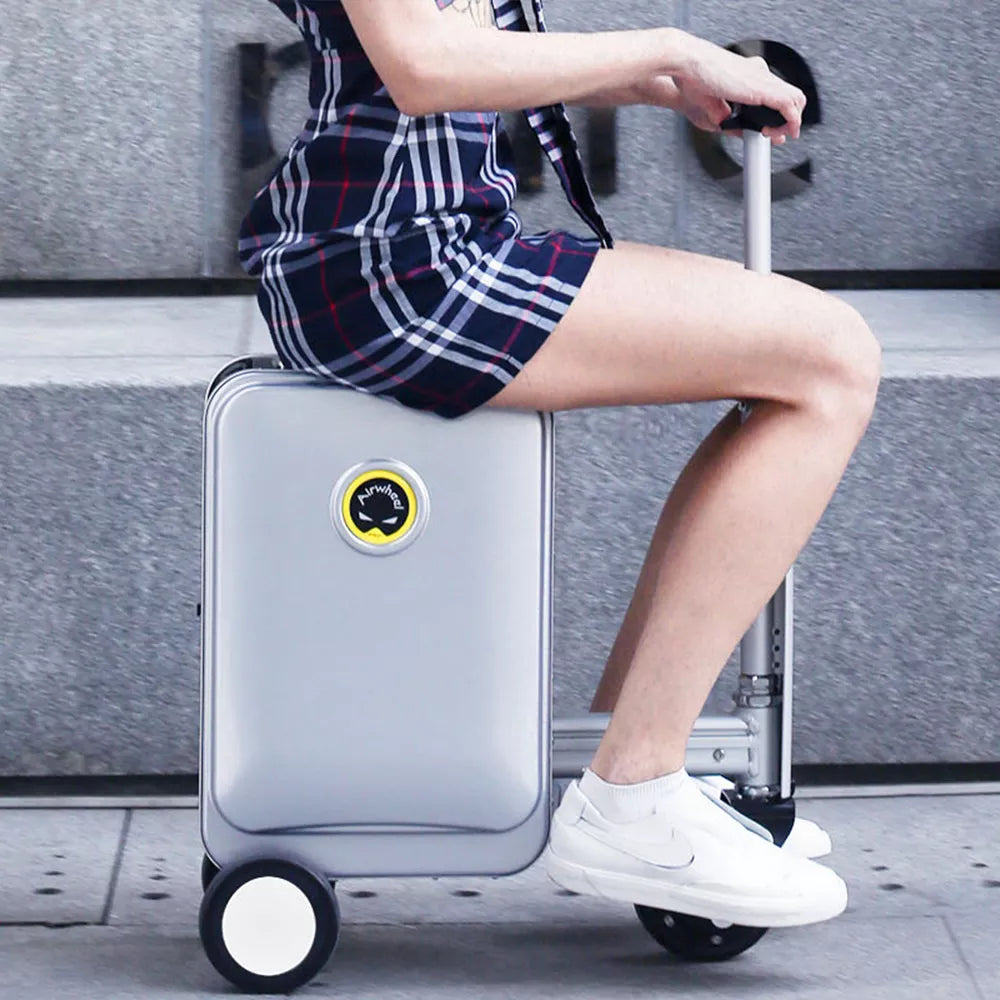

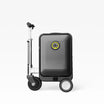

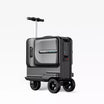

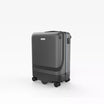
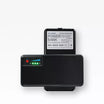










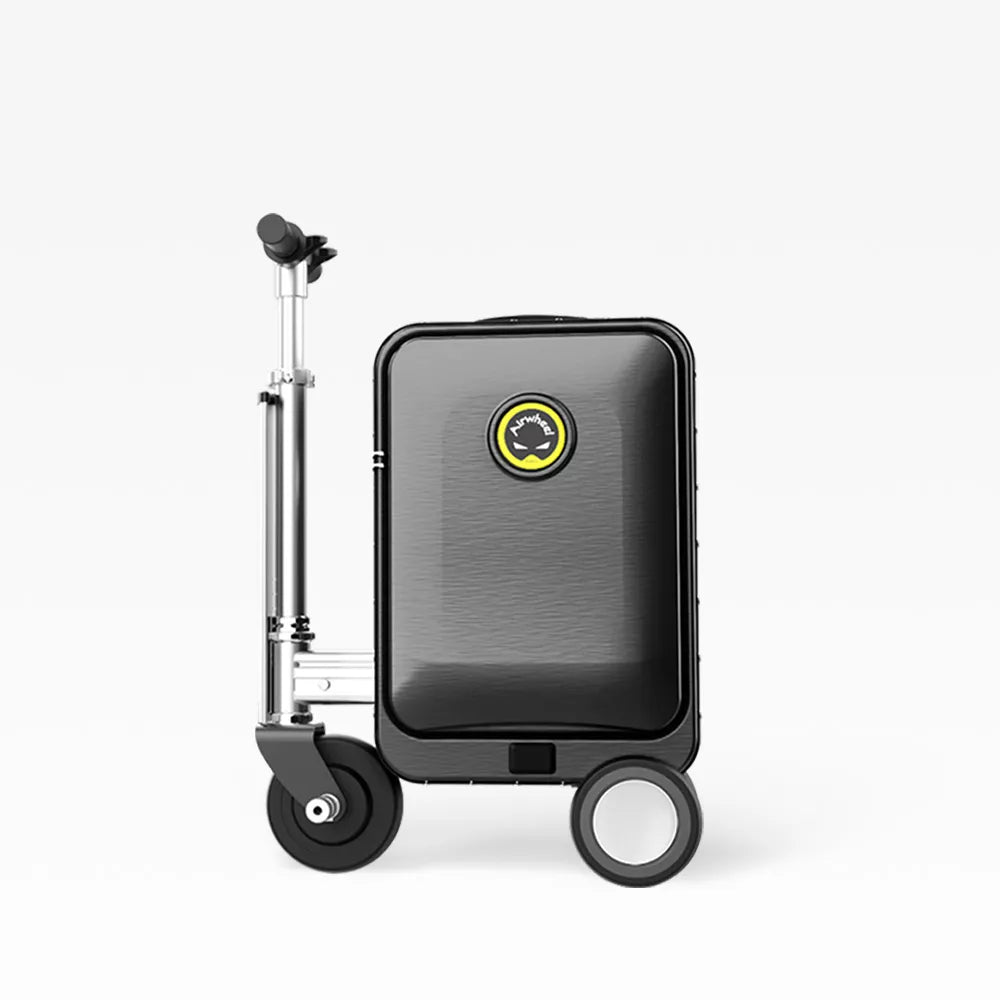
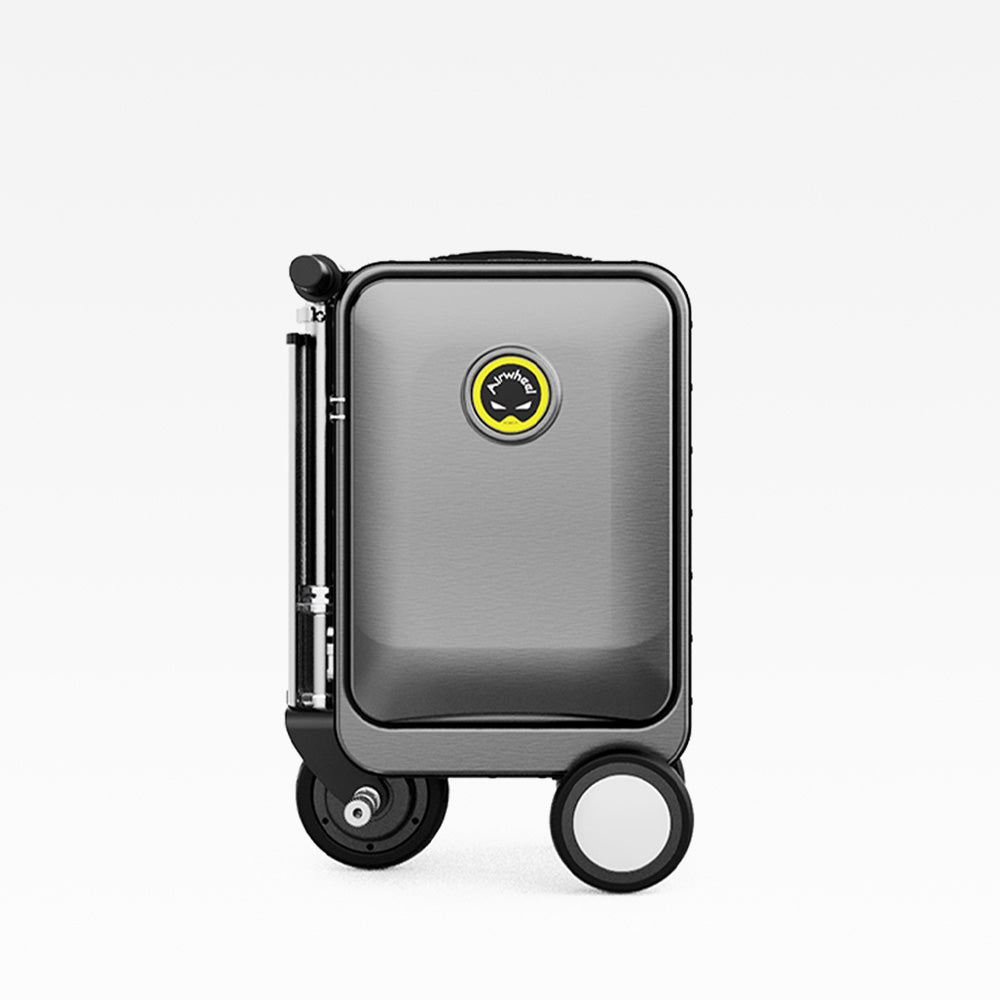
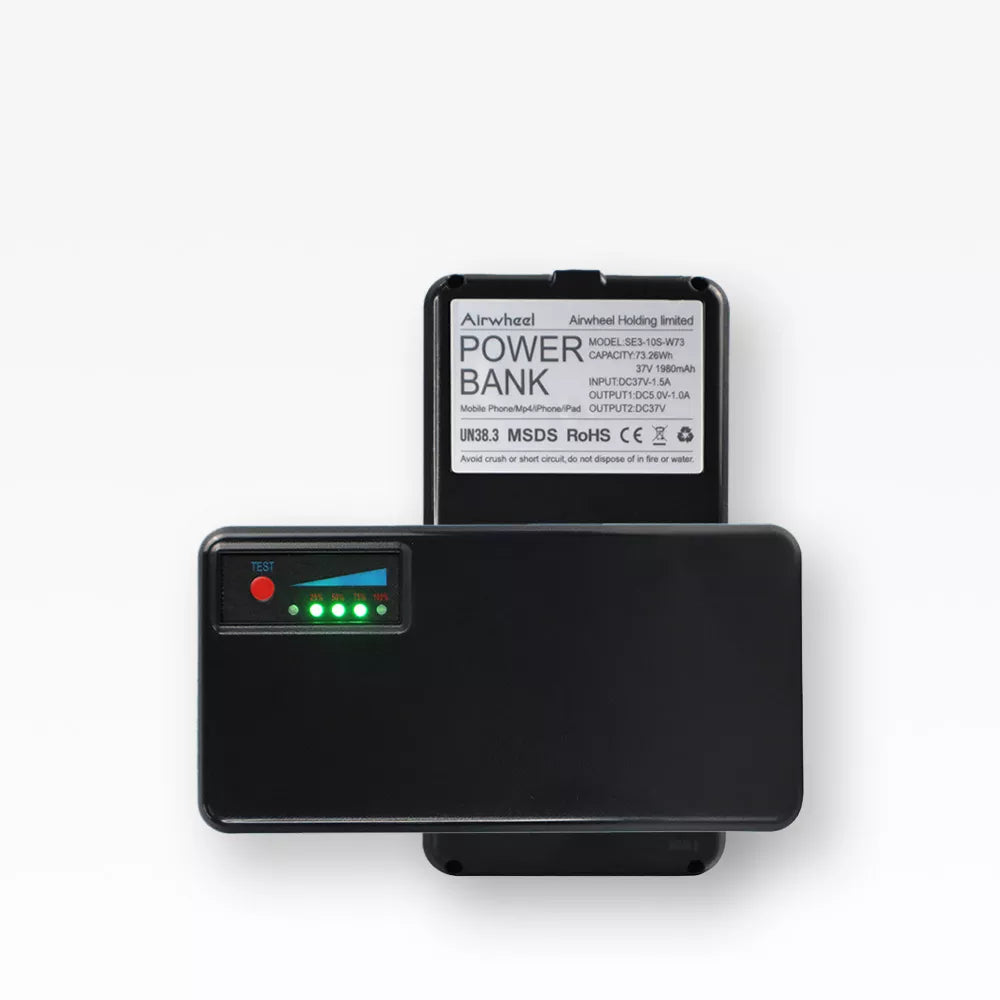
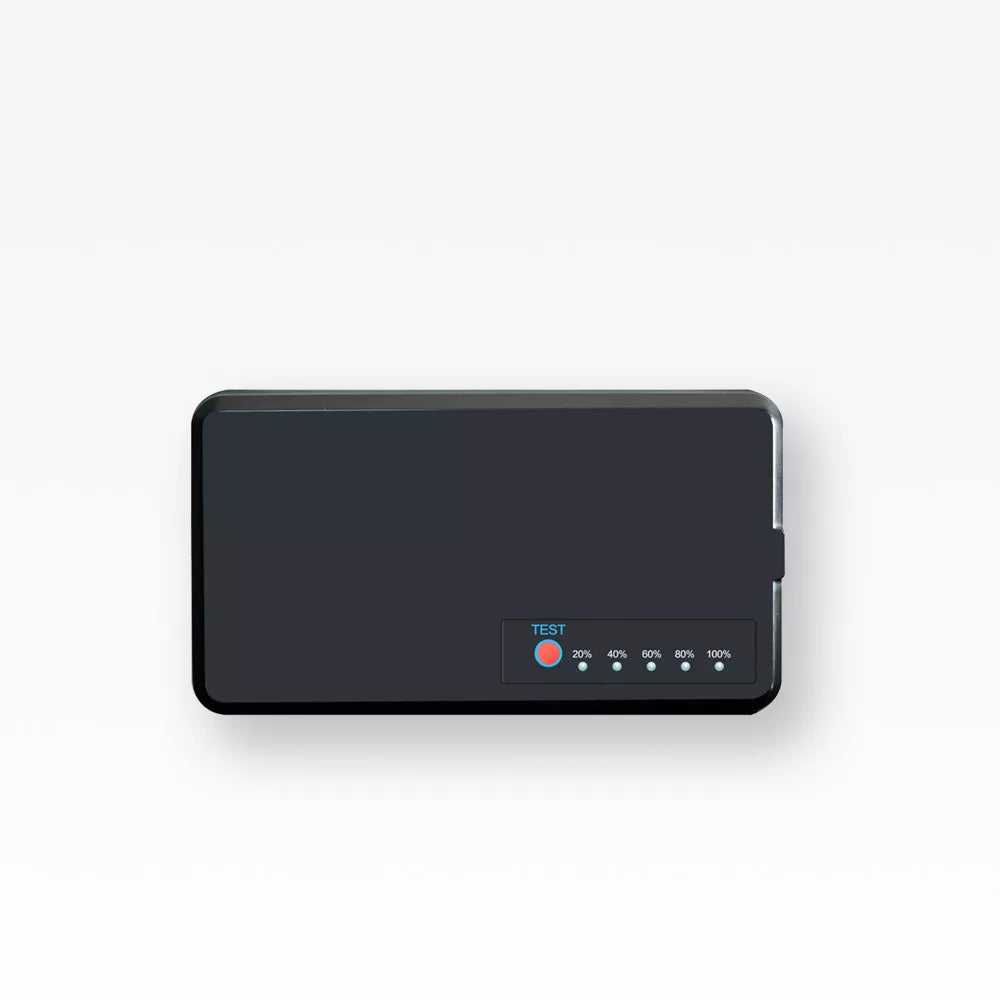

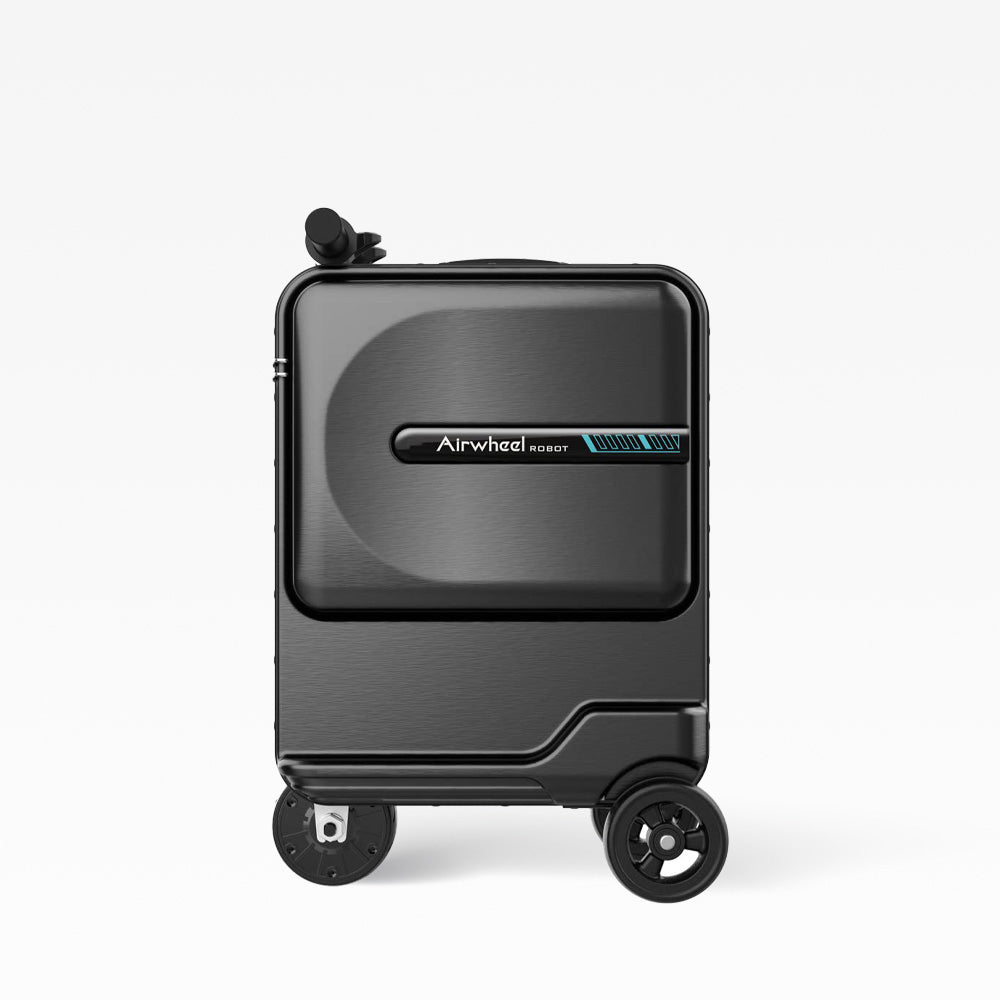
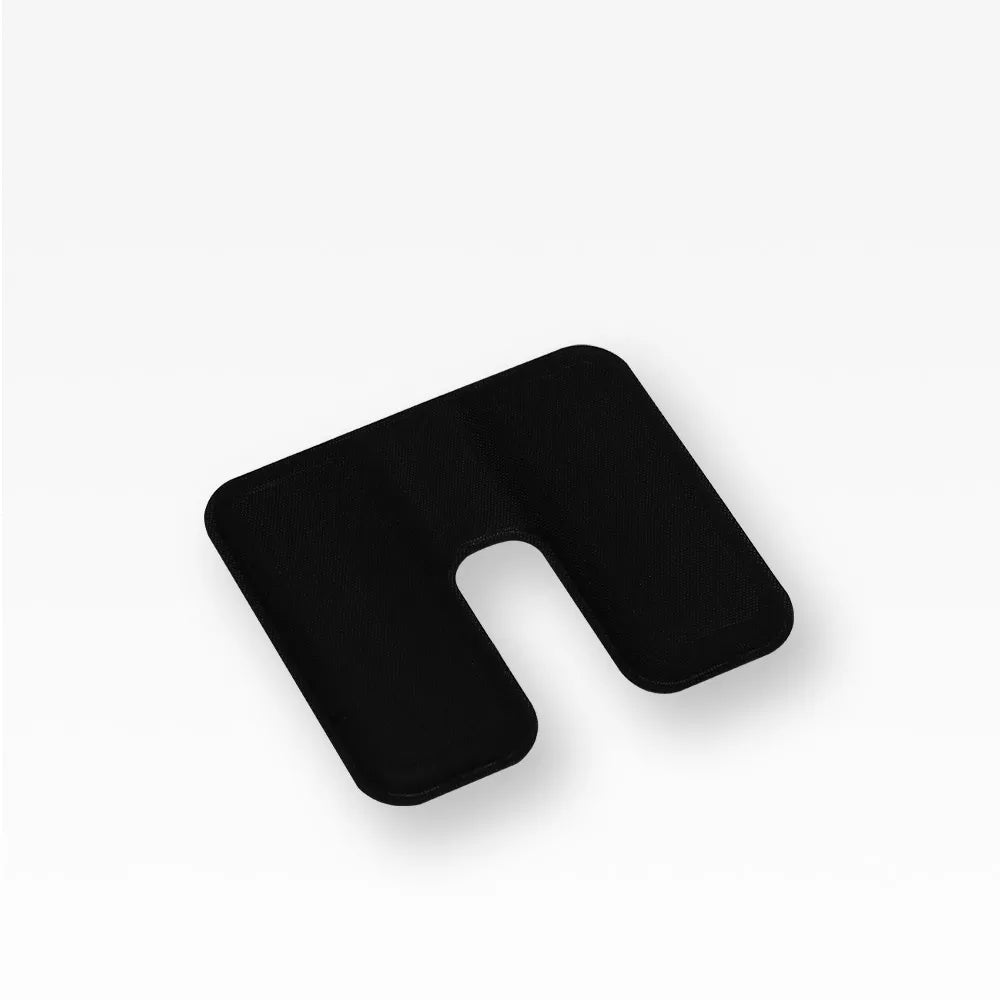


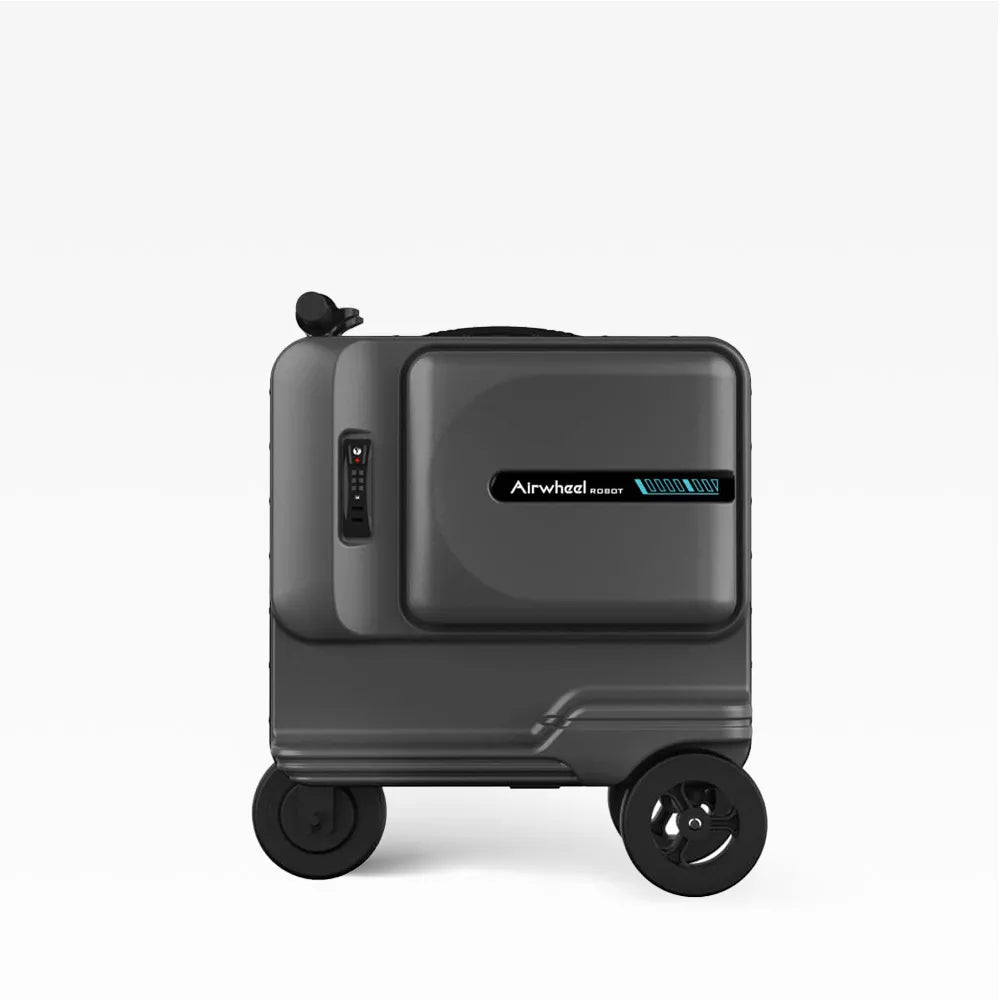



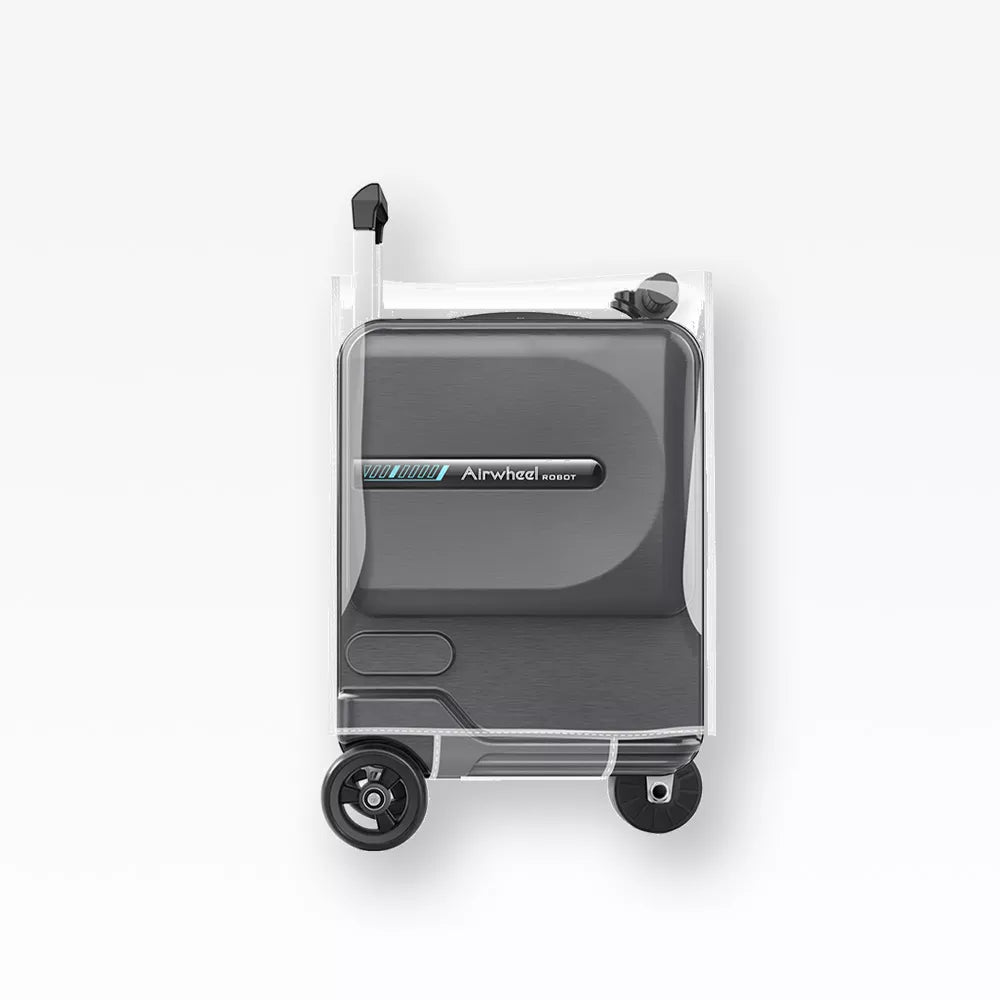
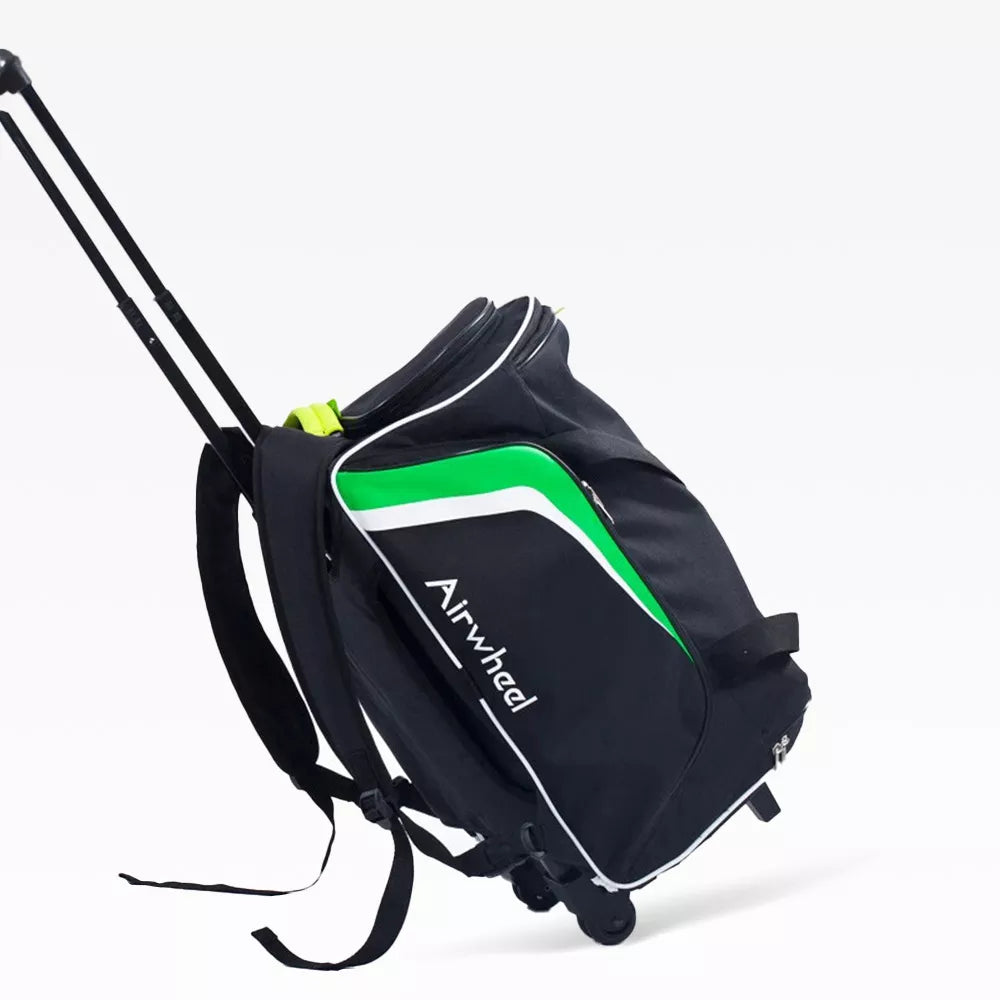
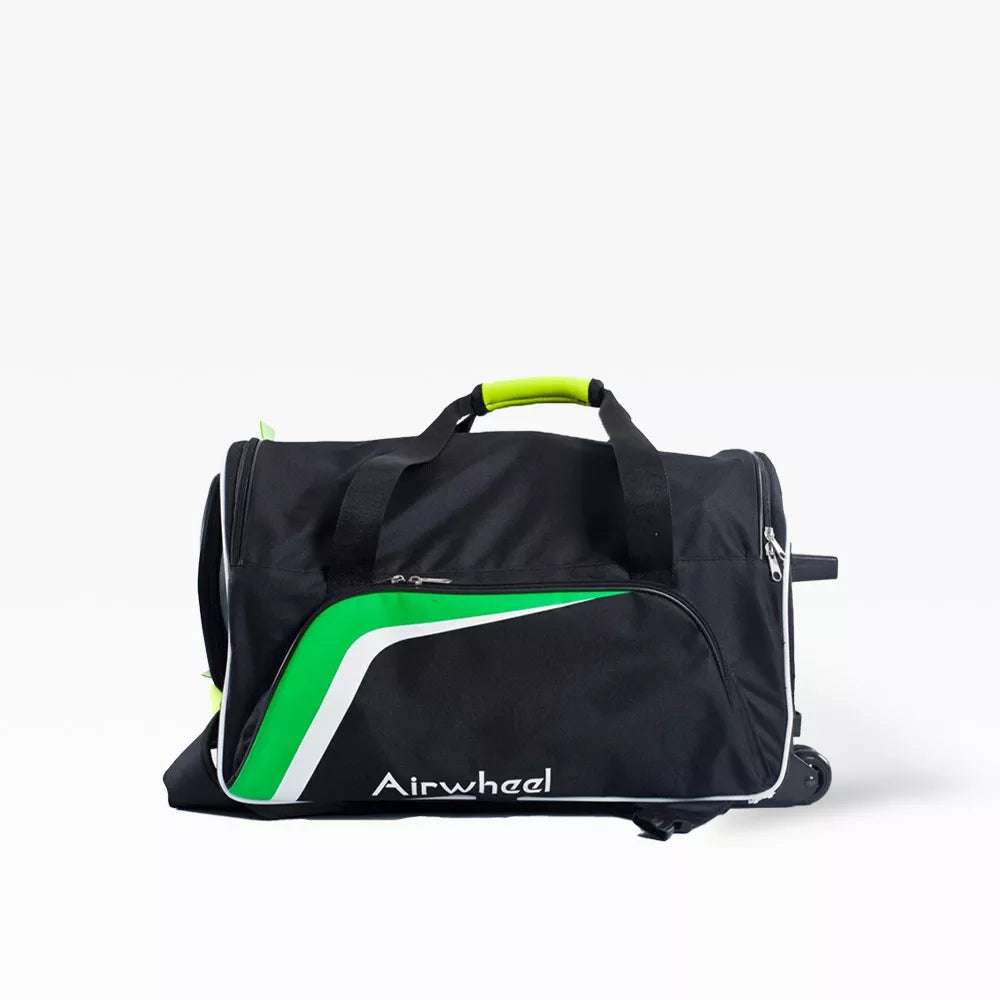
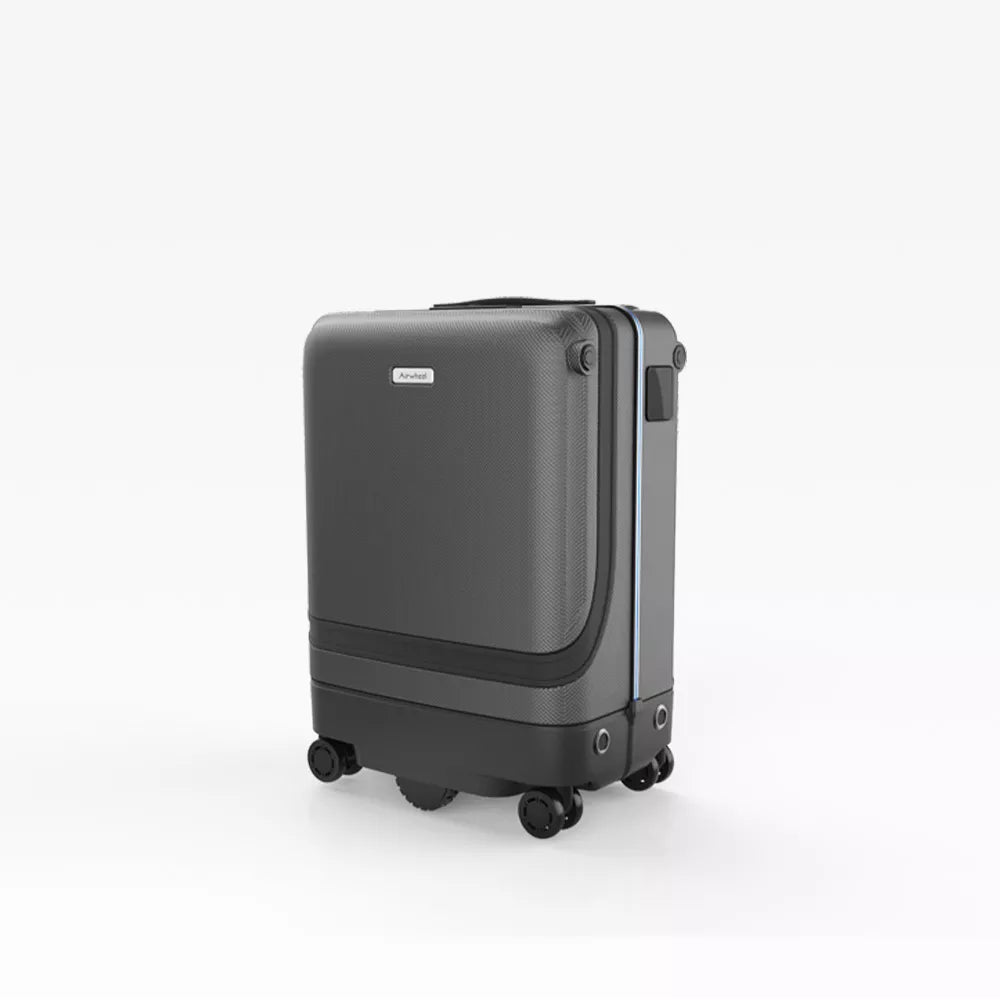

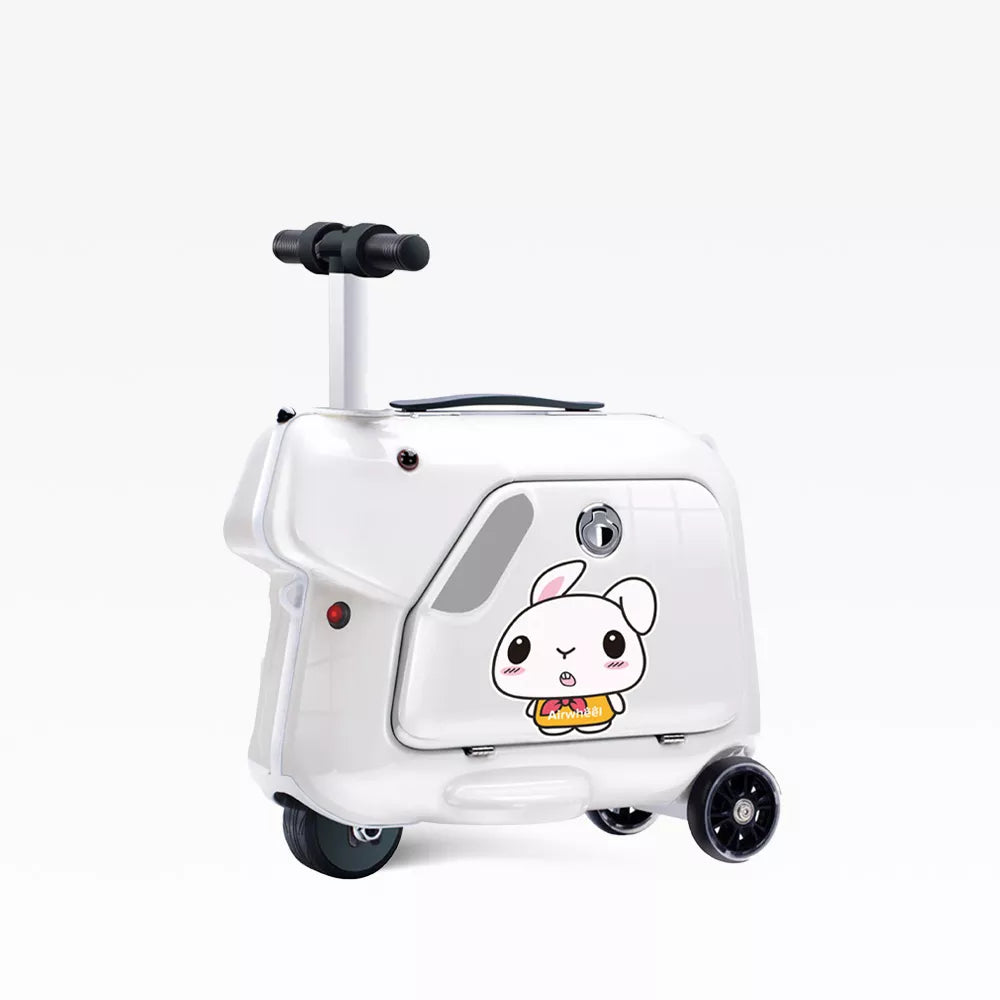
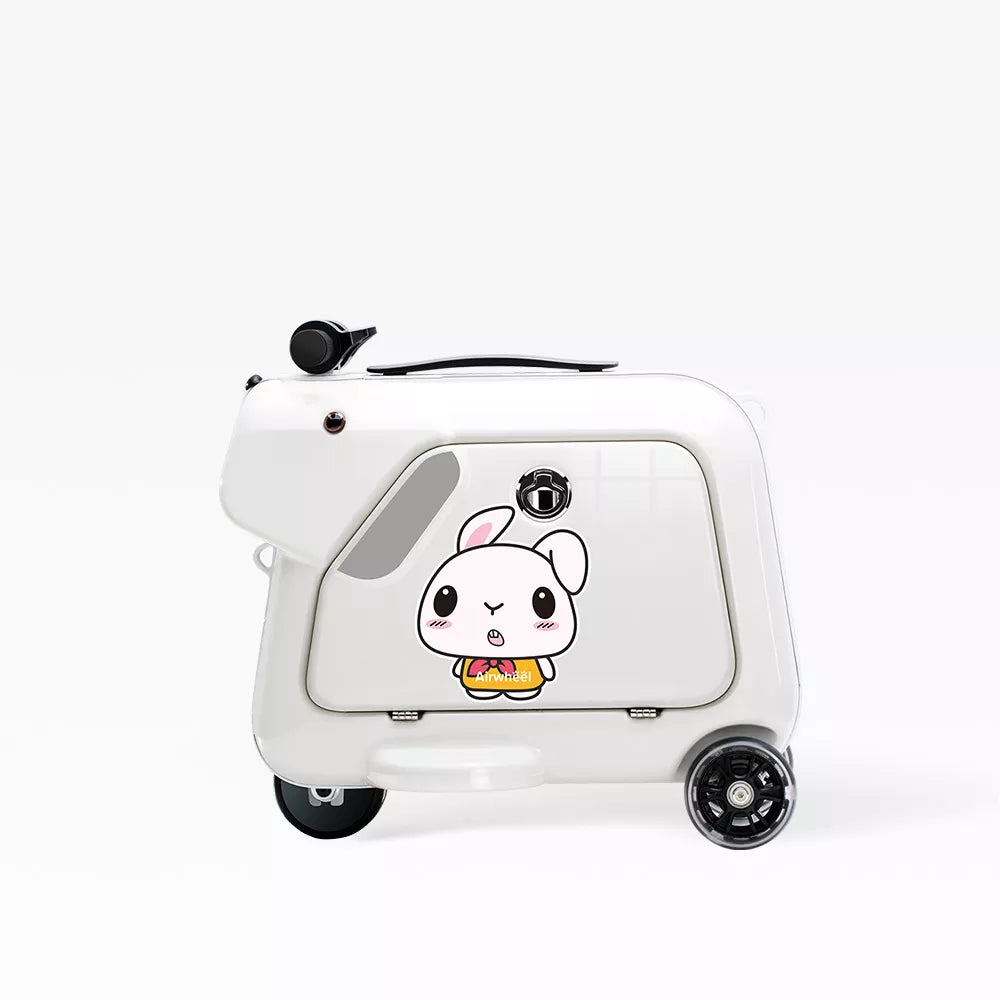
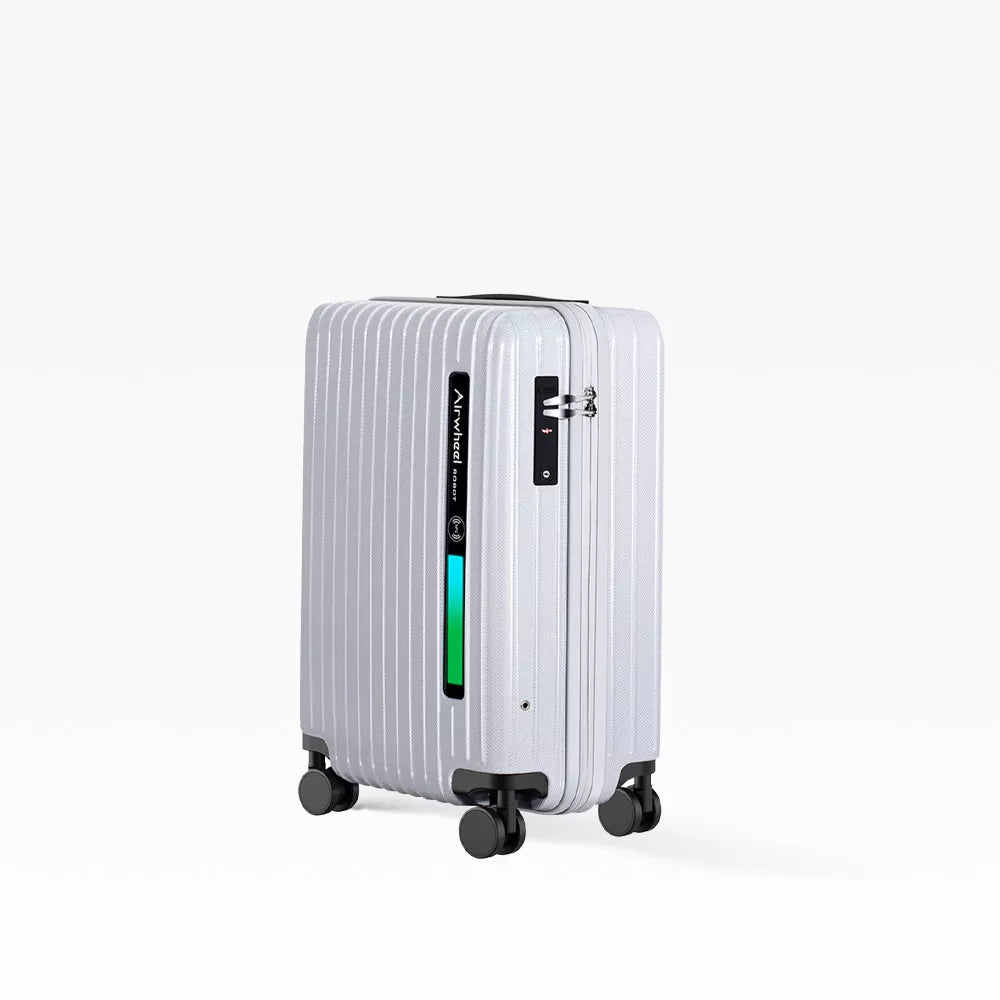

댓글 남기기
이 사이트는 hCaptcha에 의해 보호되며, hCaptcha의 개인 정보 보호 정책 과 서비스 약관 이 적용됩니다.